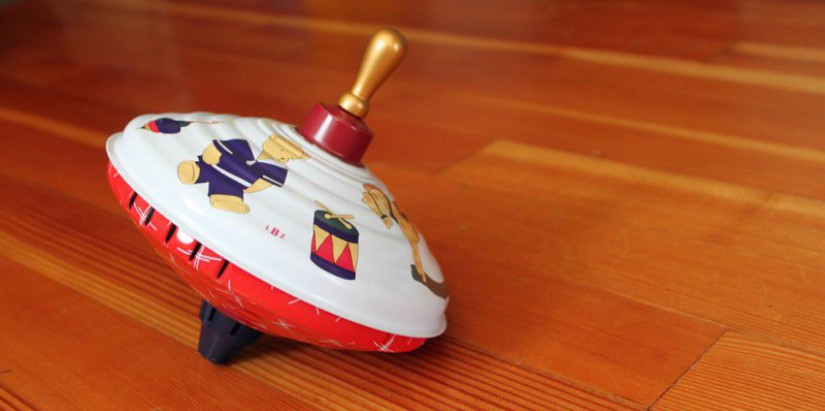Home Safety Tips Under 5's

Those most at risk from a home accident are the 0-4 years age group. Falls account for the majority of non-fatal accidents while the highest number of deaths are due to fire. The most severe injuries are associated with heat related accidents and falls from height. Older children are more likely to sustain fractures than their younger counterparts. Younger children have the highest percentage of burns and scalds as well as poisoning and ingestion accidents. Most of these accidents are preventable through increased awareness, improvements in the home environment and greater product safety.
Fire Safety
-
Keep matches/lighters out of children’s reach.
-
Fit adequate number of smoke alarms and test weekly
-
Have a fire escape plan and practice it.
-
At night time ensure all sockets are switched off/appliances unplugged.
-
Keep all doors to all rooms closed at night.
-
Have a fire guard secured to the wall and ensure to use the spark guard.
-
Do not over load sockets, a maximum limit of 13Amps per socket and replace double adaptors with the safer strip adaptor
-
Do not use a chip pan
Falls
-
Fit stair gates to the top and bottom of the stairs.
-
Do not use baby walkers as they can contribute to a fall if they topple over or go over a step/change height.
-
Change baby’s nappies on the floor and never leave babies unattended while on a raised surface.
-
Ensure windows are not accessible to small children. Window restrictors can be fitted to prevent windows from being opened wide enough for children to fall out.
-
Use a fixed stair gate and not a pressure fit stair gate at the top of the stairs
-
Never leave tripping hazards on the stairs
-
Keep furniture away from windows
-
Ensure stairs are well lit
-
Ensure stair balustrades are strong with no footholds for climbing
-
Use a 5 point safety harness with a highchair.
Burns and Scalds
-
All electrical appliances are switched off while not is use.
-
Ensure handles of saucepans/pots are turned away from the edge and use the back rings first.
-
Never leave hot drinks within reach of children.
-
Ensure that hot appliances are not left on the floor while hot or cooling down. Keep out of reach and allow to cool on a heat proof surface.
-
Run cold water in to the bath first and then the hot. Always check the temperature first before putting your baby into the bath.
-
Never hold a hot drink and a child at the same time
-
Never leave a child alone in the bathroom
-
Fit a Thermostatic Mixer Valve (TMV) to the bath taps to control water temperature
-
Keep hot irons, curling tongs and hair straighteners out of reach of children even when cooling.Use a heat proof bag or mat.
Poisoning
-
Ensure all chemicals are stored in original containers (eg. Medicines, bleaches, liquitabs etc.
-
Medicines, alcohol and chemicals are stored out of sight & reach of children in a high locked cupboard.
-
Avoid buying plants with poisonous leaves and berries that can irritate the skin
-
Store alcohol out of children’s reach
Suffocation and Choking
-
All small items are stored out of reach of children.
-
Keep blind and curtain cords out of reach and avoid looped cords when purchasing new blinds
-
Ensure plastic bags are stored out of children’s reach. Tie plastic bags into a knot to reduce the risk of suffocation.
-
Choose toys that are age appropriate to the child.
-
Ensure any gaps inside or outside the home are not more than 10cm e.g. Gaps under stair gates, between fences etc.
-
Never store nappy sacks in or around the cot or pram, keep out of reach of babies.
-
Keep animals especially cats out of bedroom.
Drowning
Children can drown in less than 3cm of water. They should be under constant supervision when in or near any water.
Prevention
-
Never leave children or babies in the bath unsupervised, even for a moment
-
Never leave uncovered bowls or buckets of water around the home
-
Paddling pools should be emptied and stored away when not in use
-
Garden ponds should be filled in while children are small or securely fenced off. Take special care when visiting other people’s gardens.
-
If there is water near the house the garden should be safely fenced off.
Glass Safety
The increased use of glass in the home has led to more glass related accidents. Every year children die following an accident with architectural glass. Many children are also injured when glass tumblers and bottles break.
Prevention
-
Use safety glass to BS 6206 (laminated, toughened or glass which passes the impact test) in all replacement windows and doors - especially at low level. Laminated glass is good for safety and security
-
Make existing glass safer by applying shatter resistant film
-
When buying furniture which incorporates glass, look for approval to BS EN 12521:2009 and BS 14749-2005, BS EN 14072:2003, BS EN 12150-1:2000 and BS EN 12600-2002
-
Always clear up broken glass quickly and dispose of it safely
-
Buy a greenhouse or cold frame with special safety glazing features or isolate with fencing.
